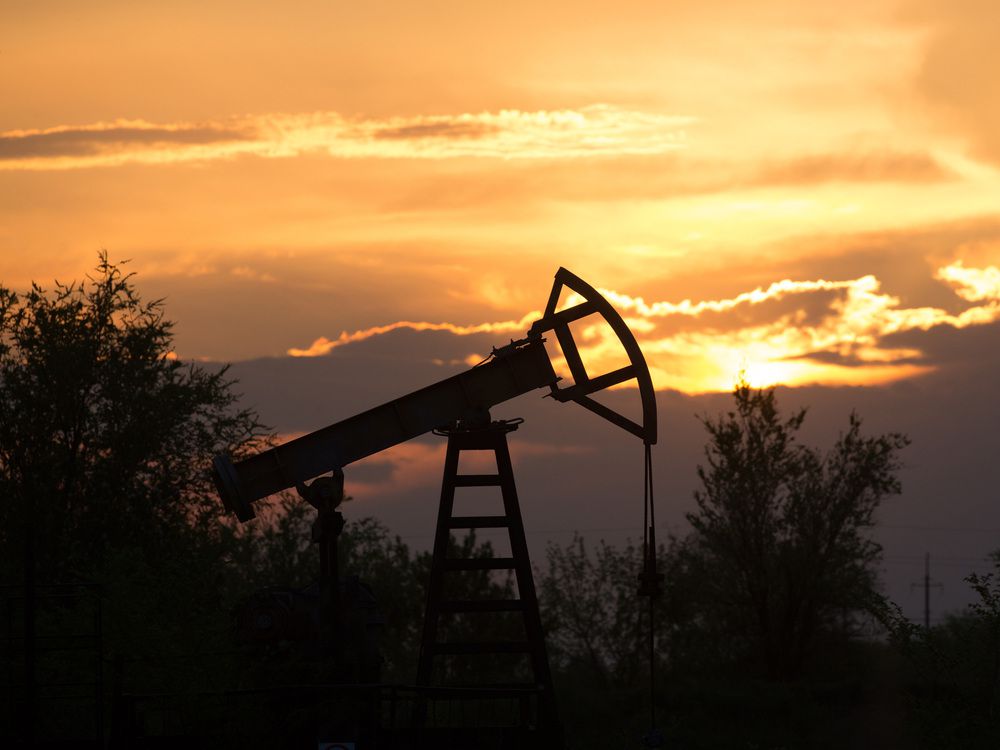Martin Pelletier: Before buying into the recent dip, it’s worth looking into the impact on inflation should there actually be an invasion
Europe imports nearly half of its entire natural gas needs from Russia and more than a quarter of its crude oil. Photo by Andrey Rudakov/Bloomberg Many investors are choosing to buy the dips recently, shrugging off the risks of both inflation and the growing chance of a Russian invasion of Ukraine, two seemingly separate events but something that should be considered together, or at least factored into one’s analysis.
Advertisement This advertisement has not loaded yet, but your article continues below.
Perhaps investors’ optimism comes from how markets have historically reacted to geopolitical escalations and actual invasions. The S&P 500 was higher a year after nine of 12 such events, including the 2003 Iraq War, 1979 Iranian hostage crisis and 1962 Cuban missile crisis, according to a review by Truist Advisory Services, with an average gain of 8.6 per cent.
That said, we wonder if this time will be one of the less favourable outcomes given that global supply chains are currently so fragile and unable to keep up with recovering economies as we try to move forward into post-COVID-19 environment.
In particular, the tremendous commodity volatility created by economies stopping and starting over the past two years has only compounded the under-investment in the actual supply of these commodities, resulting in the respective industries not being able to meet recovering demand.
Advertisement This advertisement has not loaded yet, but your article continues below.
This will only send prices that much higher, thereby adding to current inflationary pressures that we’re constantly being told are only transitory in nature.
For example, the Organization of the Petroleum Exporting Countries (OPEC) is barely able to keep markets well supplied. OPEC’s 13 members increased production by only 50,000 barrels a day in December, but most gains were wiped out by a 140,000-barrel-a-day decline in Libya.
Considering all this, what will actually happen should the Russians invade Ukraine and the developed world responds with sanctions?
Russia is an absolute powerhouse in the global oil market since it currently produces more than 10 million barrels per day, representing 10 per cent of global demand, of which 700,000 barrels per day is exported to the United States. Russia is tied with Saudi Arabia when it comes to U.S. oil imports, each representing seven per cent.
Advertisement This advertisement has not loaded yet, but your article continues below.
More worrisome is that Europe imports nearly half of its entire natural gas needs from Russia and more than a quarter of its crude oil.
The world needs every molecule of its hydrocarbons and the Russians know this strategically puts them in a position of incredible strength.
Countries such as the U.S. are responding in desperation, even trying to secure a deal with the Iranians, but at what cost should it mean allowing Iran to achieve nuclear capabilities. This most certainly wouldn’t go over well with Saudi Arabia, the world’s largest oil producer at 12 million barrels per day.
More On This Topic Excessive risk-taking shows it’s time to raise rates and let the revolution begin How investors can protect themselves from geopolitical, fiscal and monetary risks Three golden rules to help you avoid some common investing pitfalls This advertisement has not loaded yet, but your article continues below.
Article content Yet we wouldn’t be here at all if it weren’t for policies set on phasing out domestic oil and gas production. “U.S. crude oil production averaged 11.3 million barrels per day (b/d) in 2020, down 935,000 b/d (eight per cent) from the record annual average high of 12.2 million b/d in 2019,” the U.S. Energy Information Administration said, adding the 2020 decrease in production was the largest annual decline in its records.
Despite the massive recovery in oil prices and the doubling of drilling rigs, U.S. oil production is expected to have fallen yet again in 2021, down to 11.2 million barrels per day.
Maybe, instead of doing a deal with the Iranians, U.S President Joe Biden should look at either trying to boost his domestic oil production, or build that Keystone pipeline so us Canadians can come to the rescue. Perhaps those in Quebec and Atlantic Canada could use homegrown supplies to replace some of the $550 million they annually spend on Russian oil imports.
This advertisement has not loaded yet, but your article continues below.
Article content Before buying into the recent dip, it’s worth looking into the impact on inflation should there actually be an invasion, especially for those already exposed to long-duration assets such as 10-year-plus Canadian and U.S. bonds, or even the Nasdaq index.
Moreover, if you’re still intent on buying the dips, at least take a look at the Canadian oil and gas sector as a means of adding some protection into your portfolio.
Martin Pelletier, CFA, is a senior portfolio manager at Wellington-Altus Private Counsel Inc, operating as TriVest Wealth Counsel, a private client and institutional investment firm specializing in discretionary risk-managed portfolios, investment audit/oversight and advanced tax, estate and wealth planning.
_____________________________________________________________
For more stories like this one, sign up for the FP Investor newsletter.
______________________________________________________________
Financial Post Top Stories Sign up to receive the daily top stories from the Financial Post, a division of Postmedia Network Inc.
By clicking on the sign up button you consent to receive the above newsletter from Postmedia Network Inc. You may unsubscribe any time by clicking on the unsubscribe link at the bottom of our emails. Postmedia Network Inc. | 365 Bloor Street East, Toronto, Ontario, M4W 3L4 | 416-383-2300
